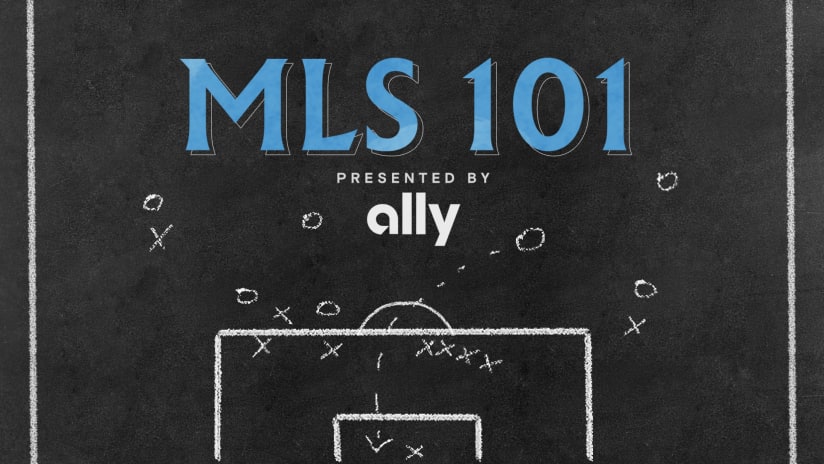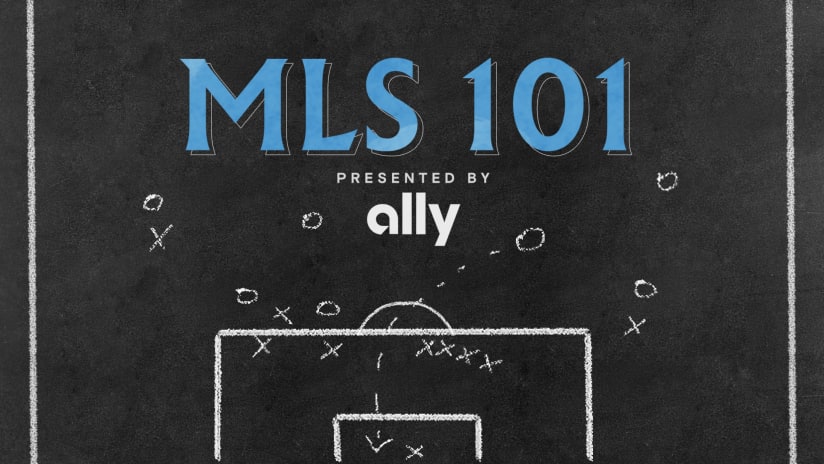The latest edition of MLS 101 takes a look at the rules and regulations that will shape the Charlotte MLS inaugural roster…
How many players are in an MLS squad?
Every MLS team is entitled to put up to 30 players on its roster. On game days, that roster of 30 is refined down to an 18-man squad (11 starters and seven substitutes).
But, to paraphrase George Orwell, not all roster slots were created equally?
Correct, roster slots are effectively placed in three tiers, based on the salary cap system.
Roster slots 1-20 are known as the “Senior Roster” as their salaries count towards the team’s annual Salary Budget. In 2020, that Salary Budget is capped at $4.9m and it will rise to $5.21m for Charlotte MLS’ inaugural season.
The current maximum Salary Budget charge that can be used on a single player in the Senior Roster is $530,000 per year (but more can be spent on Designated Players—more on that shortly).
MLS teams can supplement that Salary Budget with money from league-wide allocation pools known as General Allocation Money and discretionary Target Allocation Money. (This, and the intricacies of the league’s financial rules will be covered in a future edition of MLS 101.)
Roster Slots 21-24 and 25-30 are known as the Supplemental and Reserve Rosters respectively. The maximum salary for these players in 2019 was $70,250 and players in the Reserve Roster slots must be under 24.
Additionally, roster slots 29 and 30 must be occupied by Homegrown Players…
What is a Homegrown Player?
Put simply, a Homegrown player is a player who has spent at least one year in a club’s academy, and who has lived in the club’s territory. They are academy graduates who are given first-team contracts.
The benefits of Homegrown players are myriad. They are the cheapest way to fill roster spots, as you do not have to pay transfer fees or trade to acquire them. Additionally MLS Clubs benefit from a subsidy taken from the league’s aforementioned Targeted Allocation Money pool when signing Homegrown Players to their first contract. And, since we already established that roster spots 29 and 30 are reserved only for Homegrown Players, they allow MLS teams to have the maximum available roster size.
Homegrown players are vital to the growth of the league, and in turn, the growth of the national team program. And local players tend to earn great affection from their respective fanbases: Seattle native Jordan Morris, for example, sold more shirts to Sounders supporters than national team star Clint Dempsey.
The subsequent sale of youth players can also help sustain the club and its academy for the future. DeAndre Yedlin was a Homegrown player for the Seattle Sounders, who was sold to Tottenham Hotspur and has since played for three English Premier League clubs.
More than 20 Homegrown players have made the step up to first-team rosters ahead of the 2020 season.
Is there a limit to how many international players an MLS roster can have?
Yes there is. In 2019, every MLS team was given eight international roster slots—and each subsequent expansion team, including Charlotte MLS, will get eight slots too, under current rules.
These slots, however, can be traded for players and allocation money, so some teams have more than eight slots, and some have fewer.
For example, Nashville SC traded one of their international roster slots and allocation money with Sporting Kansas City in exchange for goalkeeper Adrian Zendejas.
Per MLS rules, an international player is any player who does not have U.S. Citizenship or any other kind of legal resident status, or who does not hold refugee or asylum status.
Hence, in many cases, players who were born outside the U.S. and who play for foreign national teams can still count as domestic players for league purposes.
There is no limit to how many international roster slots a team can have.
Can international players also be Homegrown?
Yes they can! If the international player is a member of an MLS academy in the year before he turns 16, he will count as a domestic player and will not take an international roster slot.
There is no limit to the number of Homegrown Players, international or otherwise, that a club may sign in any given year.
What are Designated Players and how many can Charlotte MLS have?
The Designated Player Rule is sometimes referred to as the “Beckham Rule,” as its introduction in 2007 allowed David Beckham to join LA Galaxy at a point when his salary would have not been feasible in the MLS wage structure.
The rule allows every team to sign up to three Designated Players, whose salaries and transfer fees are not counted towards the annual salary budget. Zlatan Ibrahimovic, for example, was the league’s highest paid player last year on $7.2m, which is more than a team’s entire Salary Budget. (Incidentally, MLS publish all player salaries, the latest list of which can be seen here.)
The first two Designated Player slots are automatically granted, but the third must be bought. In 2019, the third slot cost $150,000 (paid annually), which is pooled into General Allocation Money for teams that are only using two slots. Additionally, the recently negotiated Collective Bargaining Agreement states that the league has the right to limit the salary of the Designated Player in the third slot if they are over 24 years of age.
When can Charlotte MLS start bringing in players?
The team is already actively looking for players and can start to build the squad now. “I think we could have the first players arrive in the summer,” says Charlotte MLS Director of Scouting Thomas Schaling. “But most of the players won’t be here until January or February.”
The team will likely not have to finalize its roster until the start of the 2021 season. The 2020 Roster Compliance Date is February 28, which is the day before the season kicks off.
How will Charlotte MLS find the players to fill its roster?
Charlotte MLS will be able to sign and trade players in the Primary (winter) and Secondary (summer) transfer windows, and will also be invited to participate in the 2020 Expansion Draft and the 2021 MLS SuperDraft.
More info on the windows and drafts can be found in this edition of MLS 101.












